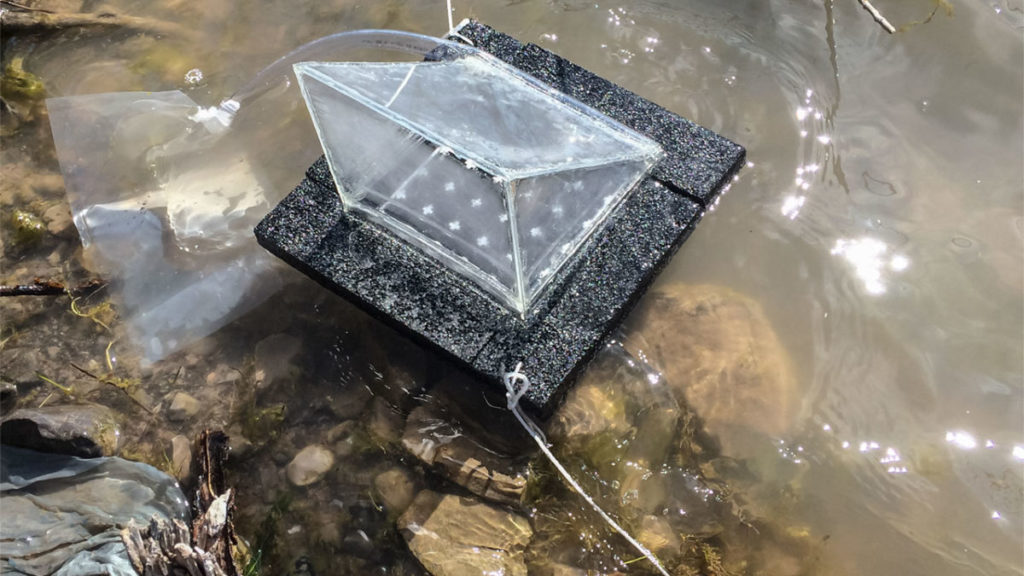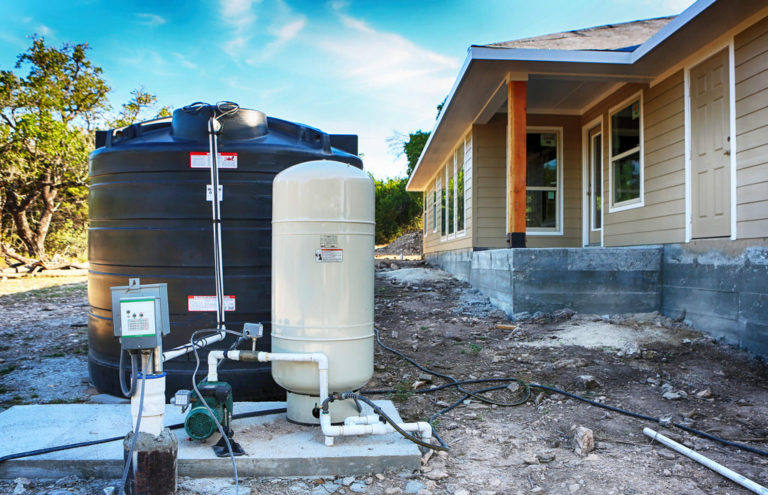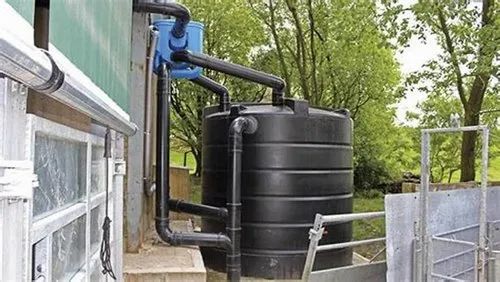As the world continues to grapple with the challenges posed by climate change, the need for sustainable energy solutions has become more pressing than ever.
One such solution that has been gaining traction in recent years is solar still technology.
Solar stills are devices that use the heat of the sun to evaporate water and separate saltwater into fresh drinking water, making them an essential tool for off-grid living.
However, as technology continues to advance, the potential applications of solar stills extend far beyond just providing clean drinking water.
With advancements in materials science, energy storage systems, and AI-powered monitoring technologies, the future of solar stills holds great promise for addressing a wide range of global challenges such as sustainable agriculture, sanitation infrastructure development, waste management & recycling among others..
Advancements in Materials Science
Solar stills technology is expected to benefit from advancements in materials science, particularly in the development of new membranes and other components that can enhance efficiency, durability, and scalability.
New membranes and components are being developed, leveraging cutting-edge materials such as graphene, nanomaterials, and smart materials.
These innovations will improve the efficiency of solar stills, reducing the energy required for desalination and increasing the amount of freshwater produced.
These advancements will lead to more durable and long-lasting components, reducing maintenance costs and extending the lifespan of solar still systems.
For instance, graphene-based membranes have shown great promise in increasing the efficiency of solar stills.
Graphene’s high surface area and electrical conductivity enable it to efficiently remove salts and other impurities from seawater, producing freshwater with minimal energy input.
Moreover, the development of smart materials and nanomaterials will allow for real-time monitoring and control of solar stills, further optimizing their performance and reducing energy consumption.
Furthermore, advancements in materials science will also enable the scalability of solar still technology.
Larger, more complex systems can be built using these new materials, allowing for the desalination of larger volumes of water and the provision of clean drinking water to more people.
This will have a significant impact on global water security, enabling the sustainable management of water resources and helping to mitigate the effects of drought and climate change.
Integration with Other Technologies
Solar stills are likely to be integrated with other technologies such as energy storage, concentrated solar power, and advanced purification systems, leading to more comprehensive and efficient water treatment solutions.
The integration of solar stills with other technologies such as energy storage, concentrated solar power, and advanced purification systems has the potential to revolutionize the field of water treatment.
By combining the strengths of each technology, water treatment solutions can become more comprehensive and efficient.
For instance, energy storage systems can be used to store excess energy generated by the solar still, allowing for continuous operation even during periods of low sunlight.
Concentrated solar power systems can be used to provide a reliable source of heat, which can be used to power the solar still.
Advanced purification systems, such as reverse osmosis or distillation, can be used to remove impurities and contaminants from the water, providing a higher quality of treated water.
When integrated with other technologies, solar stills can provide a sustainable and reliable solution for water treatment, especially in regions with limited access to traditional water treatment methods.
Wastewater Treatment
Solar stills can be used for treating wastewater, particularly in areas with limited water resources, providing a sustainable solution for wastewater management.
Using solar stills for wastewater treatment offers a sustainable solution for managing water resources in regions with limited water availability.
This technology harnesses the power of the sun to evaporate and condense water, treating wastewater while minimizing energy consumption and environmental impact.
Solar stills can be designed to accommodate various flow rates and contaminant levels, making them a flexible option for diverse wastewater treatment applications.
The use of solar stills can help reduce the carbon footprint of wastewater treatment, contributing to a more sustainable future.
In regions with scarce water resources, solar stills can be an effective and efficient solution for treating wastewater while minimizing the need for alternative water sources.
With proper maintenance and monitoring, solar stills can provide a reliable and sustainable wastewater treatment option for communities facing water scarcity challenges.
Industrial Applications
Solar stills can be used in industrial processes, such as distillation, crystallization, and drying, leading to more sustainable and efficient manufacturing practices.
Industrial Applications: Solar Still Technology Revolutionizes Efficient Manufacturing Practices
Solar stills are not only limited to providing clean drinking water in remote areas, but they can also be leveraged for sustainable and efficient industrial processes, revolutionizing various manufacturing practices.
By harnessing the power of the sun, solar stills can be used for distillation, crystallization, and drying in industries such as pharmaceuticals, food processing, and chemical manufacturing.
This innovative technology enables companies to reduce their carbon footprint, lower energy costs, and minimize waste production.
With the ability to process large quantities of materials without consuming significant amounts of energy, solar stills present a highly efficient and eco-friendly solution for various industrial applications.
By adopting solar still technology, businesses can not only reduce their environmental impact but also improve their bottom line through cost savings and increased productivity.
Community Water Systems
Solar stills can be used in community water systems, providing a sustainable and low-cost solution for clean drinking water, particularly in rural areas.
Solar stills offer a sustainable and cost-effective solution for providing clean drinking water in community water systems, particularly in rural areas.
By harnessing the power of the sun, solar stills can evaporate and condense seawater or contaminated water, producing fresh and clean drinking water.
These systems can be customized to meet the specific needs of each community, from small-scale installations for a few households to larger-scale installations for entire towns.
Solar stills require minimal maintenance and can be easily integrated into existing water infrastructure, making them an attractive option for communities looking to reduce their carbon footprint and dependence on non-renewable energy sources.
Solar stills can be built using local materials, providing a sustainable and community-driven solution for clean water access.
With proper design and implementation, solar stills can provide a reliable and consistent source of clean drinking water for communities in need, helping to improve the health and well-being of the people who live there.
Desalination
Solar stills can be used for desalination, providing a sustainable solution for freshwater scarcity in coastal areas and islands.
Solar stills offer a sustainable and innovative solution for freshwater scarcity in coastal areas and islands.
This technology utilizes the power of the sun to distill seawater or brackish water into fresh drinking water, providing a reliable source of water for communities in these regions.
The process works by harnessing the heat of the sun to evaporate the water, which is then collected and condensed, leaving behind impurities and minerals.
The result is fresh, potable water that can be used for a variety of purposes, including drinking, cooking, and irrigation.
Solar stills have several advantages over traditional desalination methods.
They do not require any external energy sources, making them a cost-effective and environmentally friendly solution.
They can be built at a relatively low cost and can be scaled up or down depending on the specific needs of the community.
Furthermore, solar stills can be used to desalinate both seawater and brackish water, providing a versatile solution for a range of different applications.
Solar stills offer a sustainable and reliable solution for freshwater scarcity in coastal areas and islands.
With their ability to harness the power of the sun, they provide a cost-effective and environmentally friendly alternative to traditional desalination methods.
Agricultural Applications
Solar stills can be used in agriculture for irrigation and soil remediation, improving crop yields and reducing water usage.
Agricultural Applications: Solar Still Technology Revolutionizes Irrigation and Soil Remediation
Solar stills offer a revolutionary solution for agricultural irrigation and soil remediation, enabling farmers to increase crop yields and reduce water usage.
This technology harnesses the power of the sun to purify water and recycle wastewater, providing a sustainable and efficient method for irrigation.
By integrating solar stills into their irrigation systems, farmers can reduce their reliance on groundwater and surface water, thereby preserving these valuable resources for future generations.
Moreover, solar stills can also be used to remediate contaminated soils, a common issue in agriculture.
By using solar stills to extract salts and other impurities from the soil, farmers can improve soil health and fertility, ultimately leading to better crop yields and higher profits.
This technology has the potential to revolutionize the agriculture industry, providing a sustainable and cost-effective solution for irrigation and soil remediation.
Research and Development
Ongoing research and development in solar stills technology is expected to lead to further advancements and applications, particularly in the areas of membrane technology, system integration, and scaling up.
Ongoing research and development in solar stills technology is expected to lead to significant advancements and applications in the near future.
One of the most promising areas of research is membrane technology, which involves the use of advanced materials to improve the efficiency and selectivity of the separation process.
For instance, researchers are exploring the use of nanofiltration and reverse osmosis membranes to enhance the purity of water produced by solar stills.
There is a growing emphasis on integrating solar stills with other technologies, such as solar-powered desalination and water treatment systems, to create more comprehensive and sustainable water management solutions.
There is a focus on scaling up solar stills technology to meet the needs of larger-scale applications, such as industrial-scale water treatment and desalination.
These ongoing developments are expected to expand the range of applications for solar stills technology and further solidify its position as a critical tool for water management in various industries.
Want More? Dive Deeper Here!
Hey there! If you’re the type who loves going down the rabbit hole of information (like we do), you’re in the right spot. We’ve pulled together some cool reads and resources that dive a bit deeper into the stuff we chat about on our site. Whether you’re just killing time or super into the topic, these picks might just be what you’re looking for. Happy reading!






